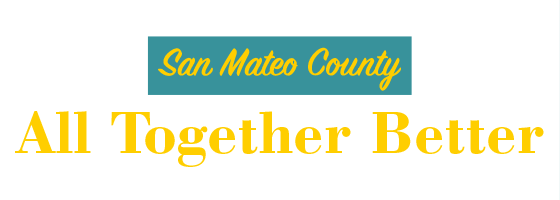Promising Practices
The Promising Practices database informs professionals and community members about documented approaches to improving community health and quality of life.
The ultimate goal is to support the systematic adoption, implementation, and evaluation of successful programs, practices, and policy changes. The database provides carefully reviewed, documented, and ranked practices that range from good ideas to evidence-based practices.
Learn more about the ranking methodology.
Filed under Good Idea, Education / School Environment, Children, Teens, Rural
Goal: The goal of the program is to elevate math and science achievement of students in rural communities through the use of technology.
Filed under Evidence-Based Practice, Health / Respiratory Diseases
Impact: The Community Preventive Services Task Force (CPSTF) recommends school-based asthma self-management interventions to reduce hospitalizations and emergency room visits among children and adolescents with asthma. Evidence shows interventions are effective when delivered by trained school staff, nurses, and health educators in elementary, middle, and high schools serving diverse populations.
When implemented in schools in low-income or minority communities, interventions are likely to promote health equity.
Filed under Evidence-Based Practice, Health / Adolescent Health, Teens
Goal: The mission of the ATHENA (Athletes Targeting Healthy Exercise & Nutrition Alternatives) program is to promote healthy sports nutrition and discourage the use of body-enhancing substances among middle and high school female athletes.
Impact: Participation in the ATHENA program results in significant reductions in the use of performance-enhancing substances, recreational drugs, diet pills, tobacco, and alcohol among female teen athletes. Healthier eating and other health behaviors, and body image perceptions were also improved.
Filed under Evidence-Based Practice, Health / Alcohol & Drug Use, Women, Men, Racial/Ethnic Minorities, Urban
Goal: The goal of the Baltimore Needle Exchange Program is to reduce HIV, hepatitis, and other infections by reducing the use of unclean needles and to help individuals overcome substance abuse by connecting them to harm reduction services and drug treatment programs. The experimental case manager intervention program at the Baltimore NEP looked to increase the percentage of intravenous drug users who enrolled in city sponsored substance abuse programs following referral at the Baltimore NEP sites.
Impact: The intervention program through Baltimore NEP was effective in increasing entry of intravenous drug users into drug drug treatment programs and highlights the need for more accessible treatment programs and harm-reduction services, such as mobile treatment facilities.
Filed under Good Idea, Economy / Investment & Personal Finance, Families, Racial/Ethnic Minorities, Urban
Goal: The goal of Bank on Oakland is to help low-income families gain access to mainstream financial services.
Filed under Evidence-Based Practice, Health / Alcohol & Drug Use, Children
Goal: The Be a Star program was developed to help preadolescents gain the knowledge and skills necessary to resist drugs.
Impact: During the third year of the evaluation, very strong differences emerged between intervention and control groups. The treatment groups scored significantly higher on the scales rating family bonding, pro-social behavior, self-concept, self-control, decision-making, emotional awareness, assertiveness, cooperation, attitudes toward drugs and alcohol, self-efficacy, attitudes toward African-American culture, and school bonding.
Filed under Effective Practice, Health / Immunizations & Infectious Diseases, Teens, Urban
Goal: The curricula aim to increase participants' knowledge about the risks of various behaviors and educate participants on how condoms and/or abstinence can effectively be used to lower those risks.
Filed under Evidence-Based Practice, Health / Women's Health, Women, Racial/Ethnic Minorities, Urban
Goal: The goal of the study was to prevent STDs in high-risk minority women through three culture-specific small group education and counseling sessions, delivered over time.
Impact: Reinfection rates of chlamydia and gonorrhea were significantly lower at each follow-up among participants in the small-group counseling sessions than in the control group. Integration of behavior-change theory with extensive qualitative data collected in target communities enabled the study to create culturally meaningful strategies to promote the recognition of risk and to stimulate motivation to effect personal change.
Filed under Good Idea, Art & Recreation / Libraries & Museums, Families, Rural
Goal: The preservation and restoration of the Ben Schroeder Saddletree Factory aims to contribute to the overall economic and cultural development of the community.
Filed under Evidence-Based Practice, Health / Physical Activity, Teens, Women
Goal: The Body Project is a dissonance intervention designed to help women in high school and college resist societal and cultural pressures to conform to an idealized notion of what it means to be 'thin' and to help increase body acceptance. A reduction in thin-ideal internalization should result in reduced use of unhealthy weight-control behaviors, decreased eating disorder symptoms, and overall increase in mood and well-being.
Impact: The Body Project program has yielded numerous significant benefits at posttest and 6 months, 1 year, 2 years, and 3 years after program implementation. These include significant reductions in body dissatisfaction, bulimic symptoms and psychosocial impairment compared to control group participants.

